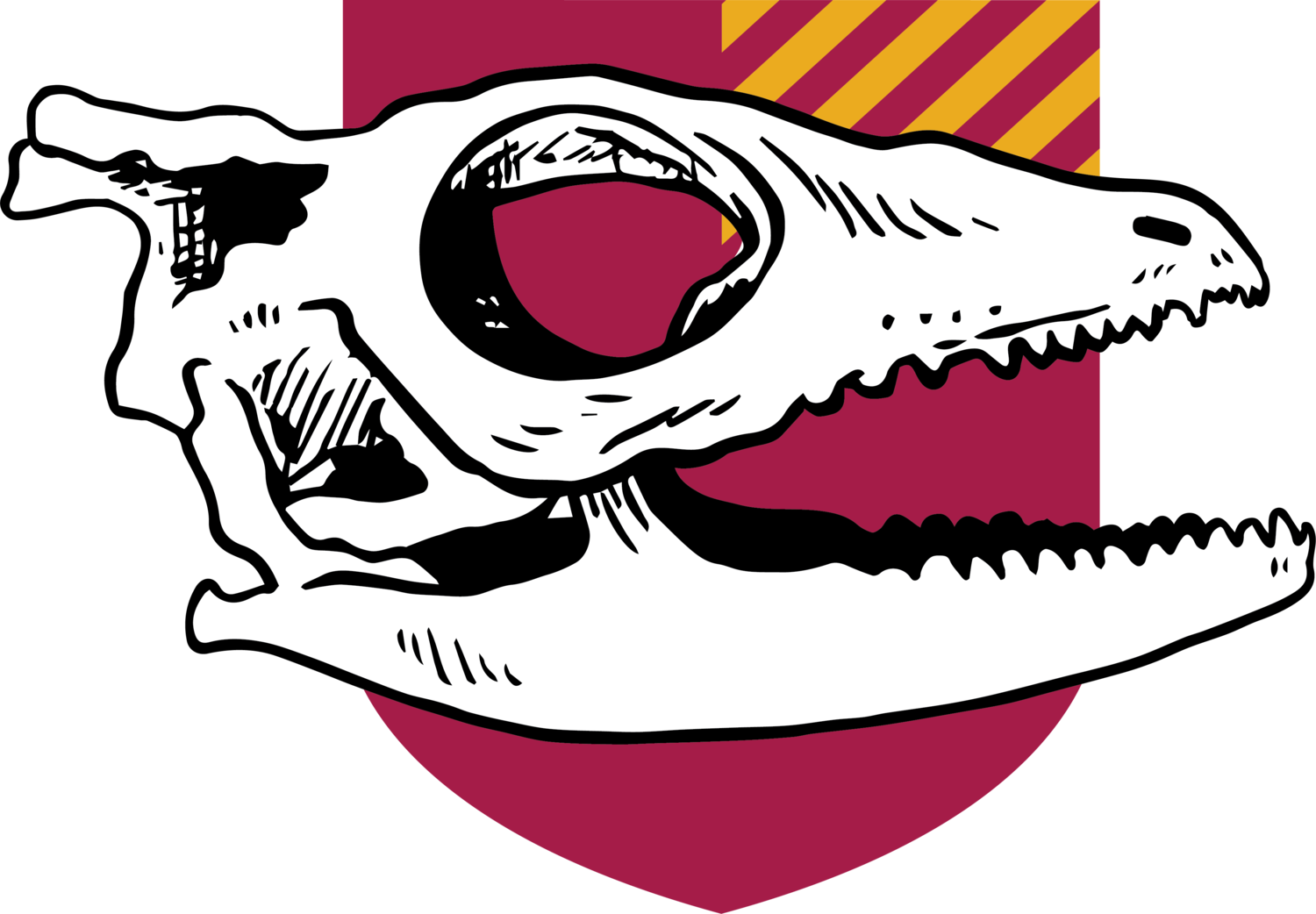Evo-devo in the context of organismal diversity


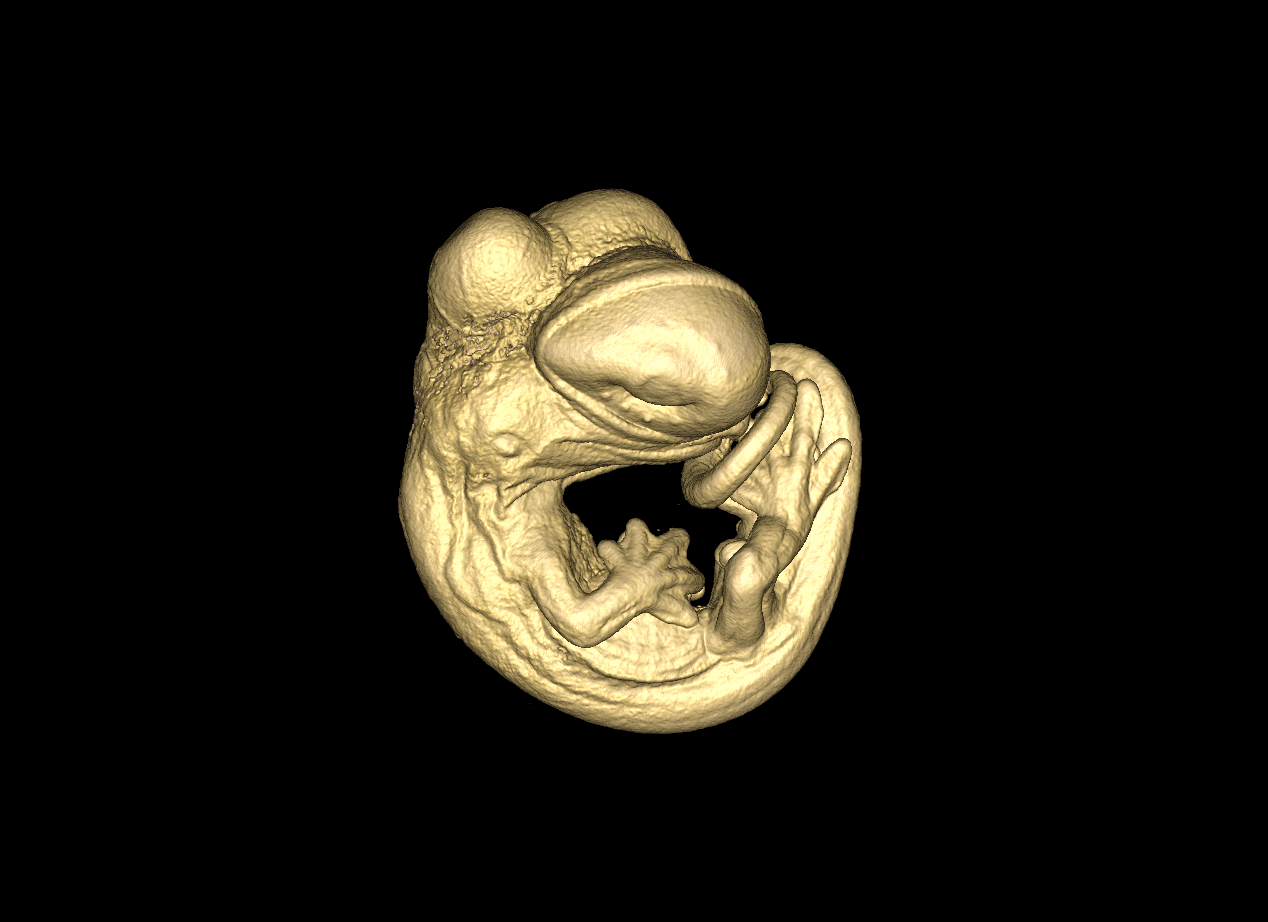








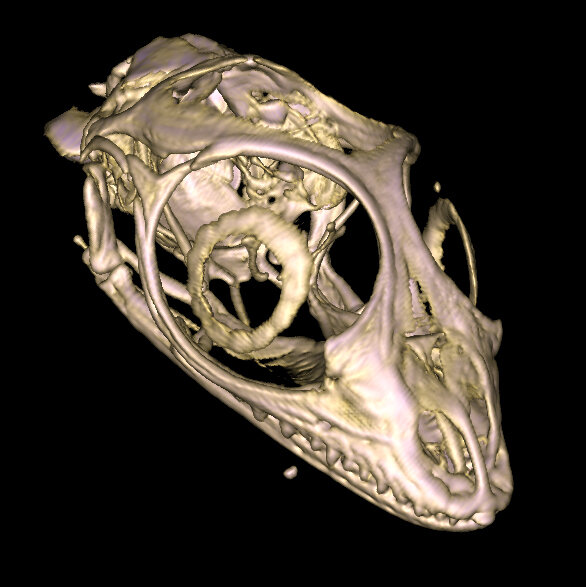
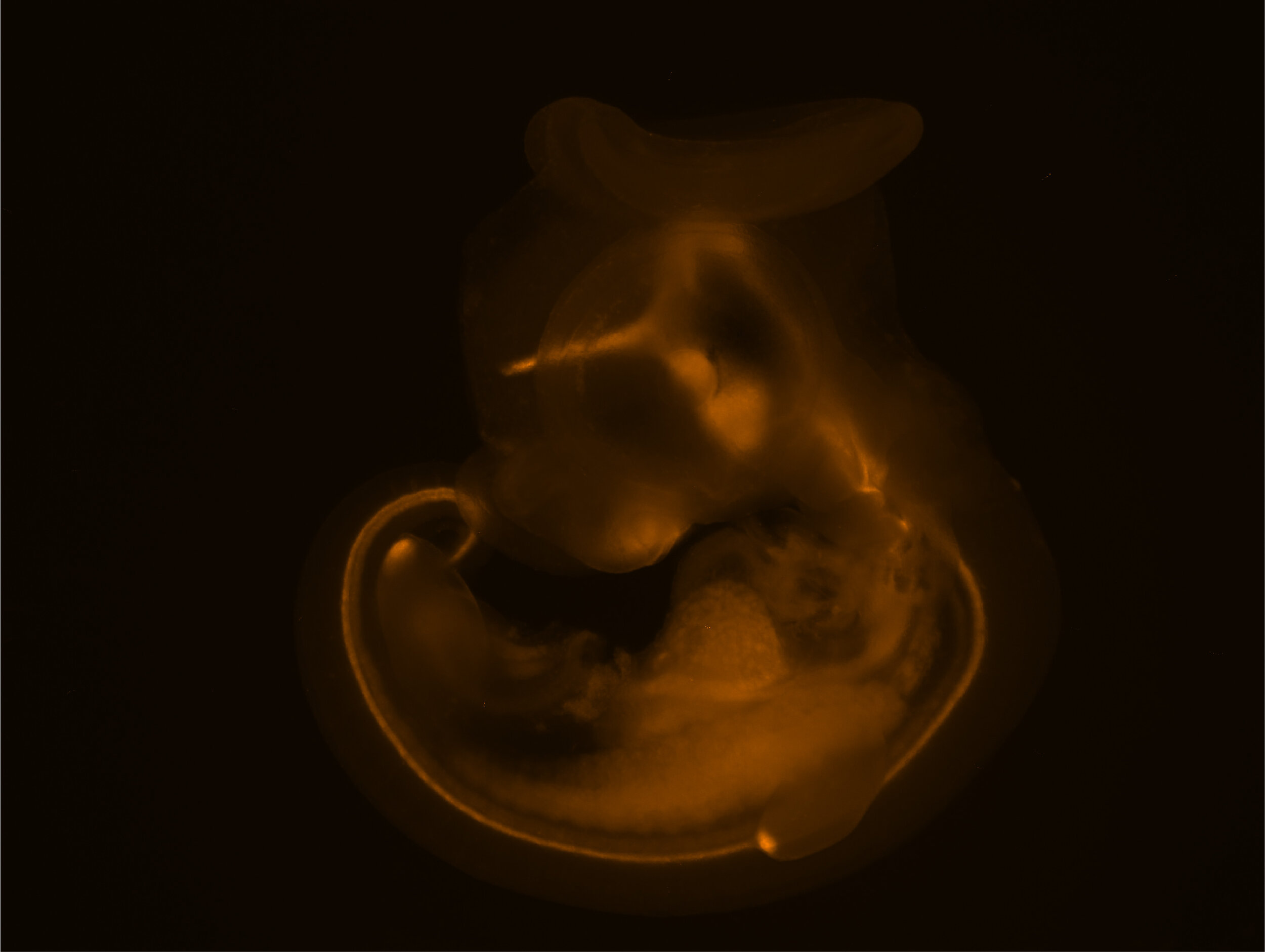



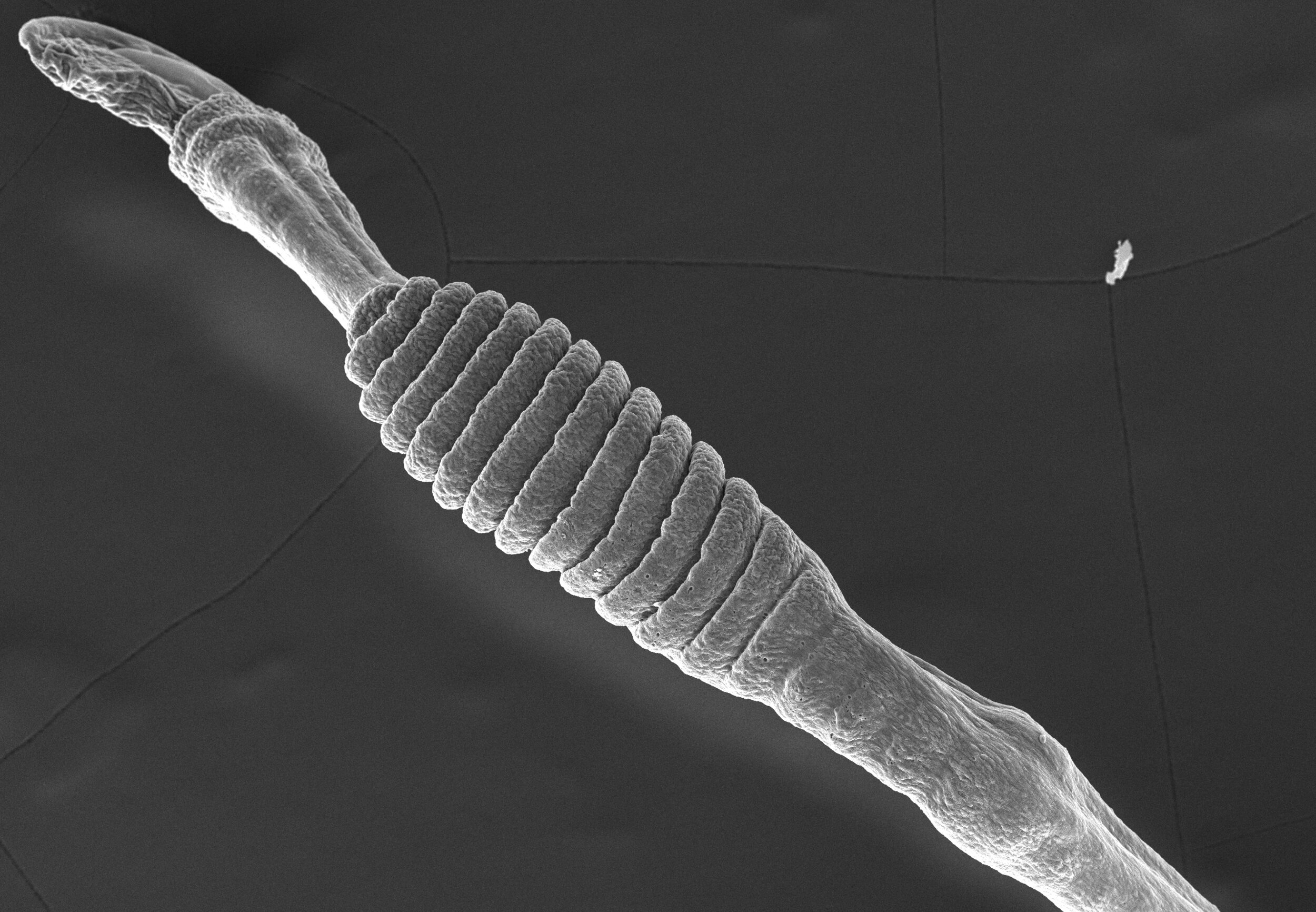


We are fascinated by the striking diversity in size, shape, and color of vertebrates. My lab’s research strives to create a deeper understanding of the evolutionary mechanisms underlying this diversity. The lab’s main research focus is aimed at understanding the developmental bases of the adaptive radiation of Anolis lizards. To do so, we integrate developmental information with patterns of morphological and ecological diversity in a rigorous phylogenetic framework. In recent years, are are also branching out into other amniote taxa such as geckos and mammals. The consistent and preeminent theme across all of our studies is a passion for understanding organismal diversity. We currently have four active research foci.
HEADS
The vertebrate skull is remarkably diverse in adult morphology. We only understand a fraction of the ways that this diversity is generated during development. One of the main goals of the lab at this time is aimed at understanding the developmental bases of the reptilian skull and how skull development has evolved among amniotes.
CLIMATE CHANGE
Climate change is affecting all aspects of organismal biology. We have begun to dig deeply into the ways that thermal stress will affect reptilian development. We strive to understand the stage- and tissue-specific effects of thermal stress and the specific developmental pathways that are faced into states of dysfunction due to this abiotic stress.
TOEPADS
One of the most prominent conceptual foci of Evo-devo has been investigating evolutionary innovations. The adhesive toe pads of Anolis lizards and geckos are one such innovation that has fascinated comparative biologists for decades. In collaboration with the labs of Tony Gamble and Yoel Stuart, we are investigating the developmental and genetic bases of toe pad variation across micro- and macroevolutionary timescales.
MAMMALIAN FEET
Look at the paws of a dog or cat and you will see enlarged, heavily keratinized pads. Many mammals have these pads, but their size and shape varies dramatically depending on the surfaces that those species walk on. Even human embryos have a signature of this ancestral feature. To date, the developmental bases of these pads remains unknown. In collaboration with Martin Cohn, we are investigating the developmental basis of the diversity in mammalian plantar pads using experimental and comparative approaches.

